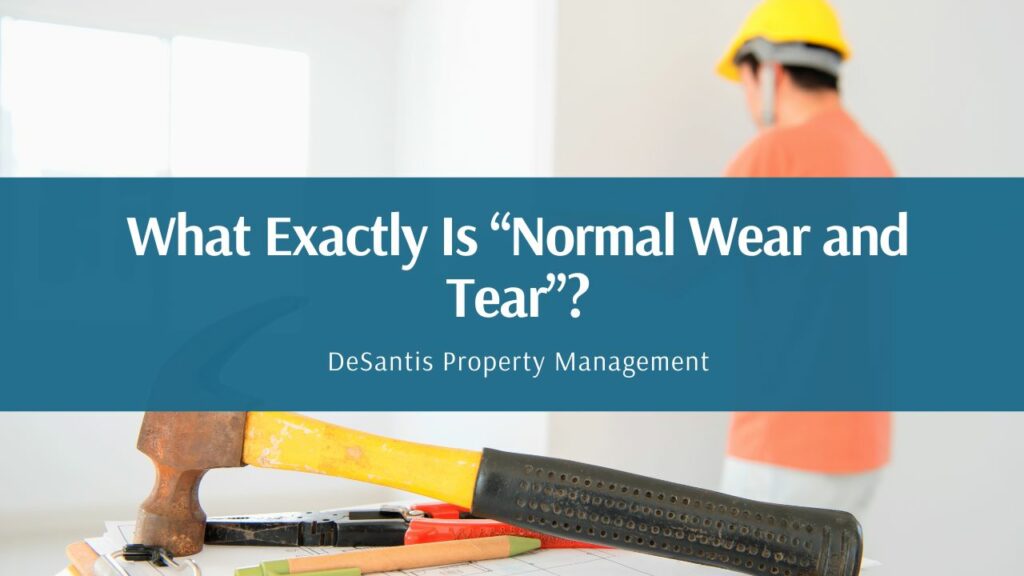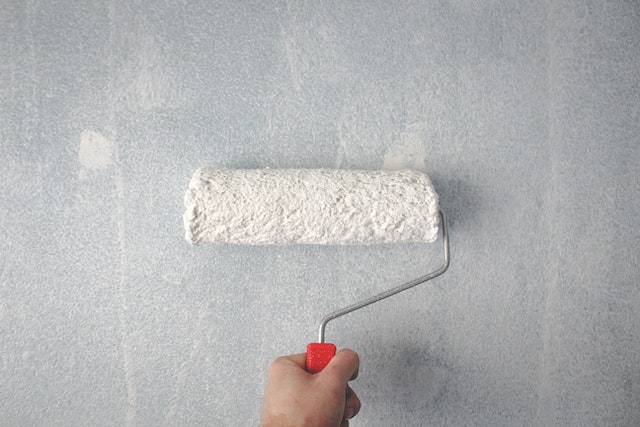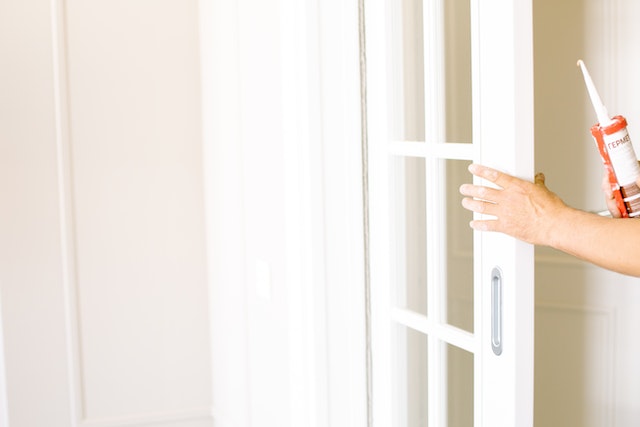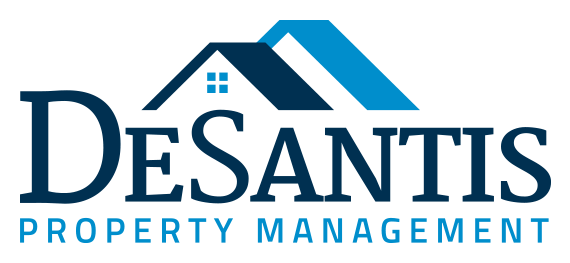What Exactly Is “Normal Wear and Tear”?

Owning a rental property involves a lot of responsibilities. As a property owner, you need to provide a habitable place for your tenants which means keeping your property in top condition. A well-maintained rental unit is important if you want to keep your tenant happy and retain them in the long term.
When you maintain the upkeep of the property, its value will remain high. This is the reason why regular property inspections and routine maintenance are essential if you want to increase the value of your rental home. However, even with constant use, the property will experience normal wear and tear.
The term normal wear and tear refers to the expected depreciation due to regular use of the property. When tenants live in the rental unit, the property will depreciate in value over time. It’s important to note that normal wear and tear results from regular use of the rental unit and does not include damages caused by abuse, neglect, or accidents.
As a landlord, it’s your responsibility to fix any issues that are due to normal wear and tear. On the other hand, any damage caused by a tenant’s negligence or abusive behavior should be charged to them.
Identifying the difference between normal wear and tear and tenant-caused damages can be challenging. Landlords should be fair and just when determining which damages are caused by normal wear and tear due to regular use of the property, and which damages should be charged to tenants.

What Is Considered Normal Wear and Tear?
Normal wear and tear may vary from one state to another, but in general, it refers to the normal and expected deterioration of rental property due to its normal use.
Certain areas of a rental unit are expected to decline in condition due to normal, everyday use. For example can include discoloration on tile flooring for paints, especially on the exterior walls, may chip off over time.
Simply put, normal wear and tear refer to the inevitable decline of the physical value of the property during the course of occupancy. In general, when a tenant occupies a property longer, you can expect more damage due to normal wear and tear. The decline is also expected to increase if there are multiple tenants occupying the rental unit.
A rental property will inevitably decline in physical value due to constant use and long-term occupancy. As a landlord, it’s important to know how to identify damages that are due to normal wear and tear.
Examples of Normal Wear and Tear
The following are some ways normal wear and tear may manifest:
- Faded carpet
- Clogged sinks because of old pipes
- Faded, discolored, or peeling paint or wallpaper
- Floors that are discolored
- Loose grouting around the bathroom tiles
- Worn enamel in toilets, sinks, and bathtubs
- Rusty shower heads
- Creaking doors
- Rust on appliances

As a rental property owner, it’s your responsibility to check your property from time to time to ensure that it remains in good condition and all aspects are functioning well. If you find any issues that are due to normal wear and tear, you should address them as soon as possible to prevent further damage to the property.
What’s more, if you see certain appliances in need of replacement, you should also tend to that. When left untreated for too long, these damages can become more serious, and it would be more costly to fix them.
What Is Considered Unexpected Damage?
Property damage that is due to tenants’ abuse or neglect is totally unexpected. This type of damage harms the usefulness, normal functionality, and value of a rental property. This damage is not a result of ordinary, everyday use—but because the tenants do not take care of it properly.
For example, if you see cracked or missing tiles, it’s unlikely a result of ordinary use. Tenant-caused damages don’t happen naturally—they are usually either done deliberately because of abuse, or they happen due to an accident because of a tenant’s negligence. Either way, repairs for such damages should be covered by tenants.
If the damage is avoidable, it is considered unexpected damage. Any damage that is beyond normal wear and tear is classified as unexpected damage, and tenants should be responsible for fixing such.

Note that there are times when some damages which are beyond normal wear and tear are not caused by tenants. Sometimes, this type of damage is caused by a structural problem to the property which was not found by the landlord or the contractor.
Other damages that may not be caused by tenants include problems with cracked roofs or ceilings, damage caused by unmaintained plumbing and pipes, and other repairs needed because of faulty design. What’s more, if a tenant reports minor damage that’s in need of repair and the landlord doesn’t respond promptly and the problem worsens, the cost of repairs may fall on the landlord.
Examples of Tenant-caused Damage
The following are examples of excessive property damage that goes beyond that of normal wear and tear:
- Stains or burns on the carpet or flooring
- Broken windows
- Chipped or broken enamel on bathtubs, sinks, or toilet
- Clogged toilet and sink due to improper use
- Chipped wood flooring
- Large holes in the wall
- Cracked or broken tiles on floors and backsplashes.
- Any alterations to the property that are not approved by the landlord
Remember that as the landlord, you need to establish if the tenants really caused the damage before charging them the cost of repair.
Bottom Line
Generally, wear and tear repair costs fall on the landlord and excessive property damages should be charged to the tenant. Understanding the difference between normal wear and tear and excessive property damage will help prevent confusion between you and your tenants and protect your property.
If you would like help managing your rental properties, consider partnering with the experts at DeSantis Property Management today. Contact us today to learn about our services!
